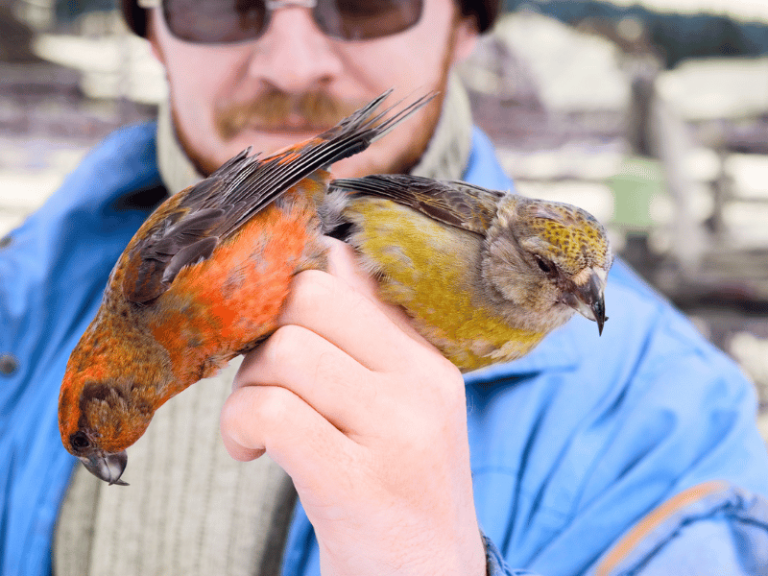In the northeastern coniferous forests of ancient China, there lived a small bird that resembled a sparrow in appearance but had reddish-brown feathers. This bird, known as the “Crossbill,” had a distinctive beak unlike other birds, where the upper and lower parts crossed each other rather than meeting edge-to-edge. This unique feature earned it the name “Crossbill.”
Unlike typical birds that feed on insects, the Crossbill subsisted on pine nuts. Pine nuts are nutritious and delicious but are enclosed in a tough shell, requiring effort to extract. The Crossbill’s crossed bill, resembling scissors with which it could easily pry open pine cones, coupled with strong tongue muscles, facilitated the extraction and crushing of pine nuts with minimal effort. Thus, it earned the nickname “parrot of the north.”
Winter was the season of pine cone abundance. While most birds, especially migratory ones, couldn’t endure the cold and flew south in late autumn, and ground animals scattered due to snow cover, the hardy Crossbills took advantage of the winter harvest of pine cones and the dispersal of competing birds and animals to begin breeding their second generation. After selecting mates, they built nests in the densest pine branches. These nests were deeper and thicker than those of other birds, lined with soft feathers. The mother Crossbill stayed in the nest from the laying of the first egg until the chicks fledged (about a month and a half), never leaving.
Crossbills raised their chicks exclusively on crushed pine nuts, ensuring their survival. The abundance of pine cones during these times made the usually quiet coniferous forests lively with their families. Pine nuts, being high in fatty oils, played a crucial role in maintaining the chicks’ body temperature. Moreover, breeding during the particularly quiet winter months reduced the threat of predation from other birds and animals, thereby increasing their survival rate. The Crossbill’s adaptation to harsh winters thus proved advantageous for successfully raising their offspring.

